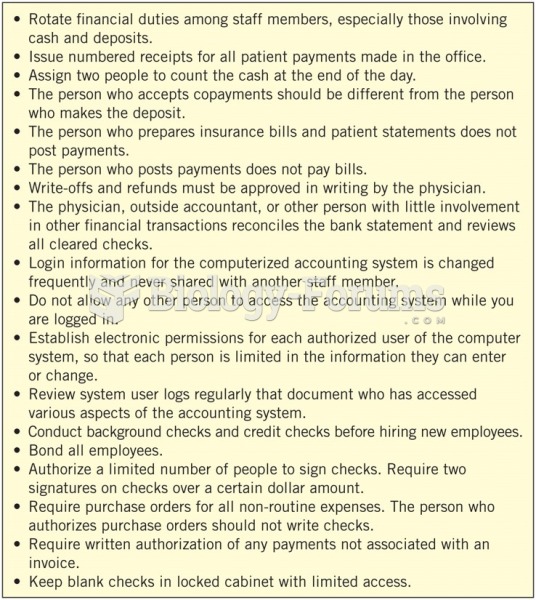Answer to Question 1
An ideal response will:
1, Define both terms. Means-tested social welfare programs provide benefitsonly to people who qualify for them based on specific needs. In contrast, entitlement programs provide benefits to individuals without regard to need.
2, Provide examples of means-tested programs (Medicaid, food stamps, SSI, TANF, and CHIP) and entitlement programs (Social Security, Medicare, and unemployment insurance).
3, Determine that because entitlement programs provide benefits to everyone, they are generally more popular with the public than means-tested programs.
4, Evaluate which programs are most useful for the national economy. Although all of these programs benefit a capitalist economy by allowing consumers to buy more goods and services, assess one set of programs as having more of an influence than the other.
Answer to Question 2
An ideal response will:
1, Assess the extent of inequality in the United States. Over the last four decades, the United States has seen large increases in income inequalitymore so than in other countries.Social mobility is actually more limited in the United States than in most other established democracies. The change in income distribution has come about because the very rich have gotten much richer while others, especially the poor, have seen their incomes stagnate. Studies of wealth show even more inequality than those of income: One-third of America's wealth is held by the wealthiest 1 percent of the population, another one-third is held by the next 9 percent, and the remaining one-third is held by the other 90 percent.
2, Evaluate what measures the government may take to lessen inequality. To eradicate poverty, some people believe, the government should ensure that everyone has a minimal level of income, as well as adequate access to education and health care.
3, Describe the various programs designed to ensure a basic standard of living, such as Social Security, unemployment compensation, Medicare, and Temporary Assistance for Needy Families. Note that these programs may keep people out of poverty, but they do little to lessen inequality because the wealthy are continually getting wealthier.







